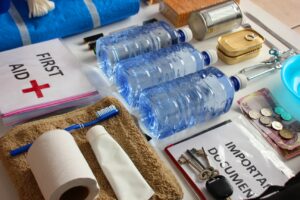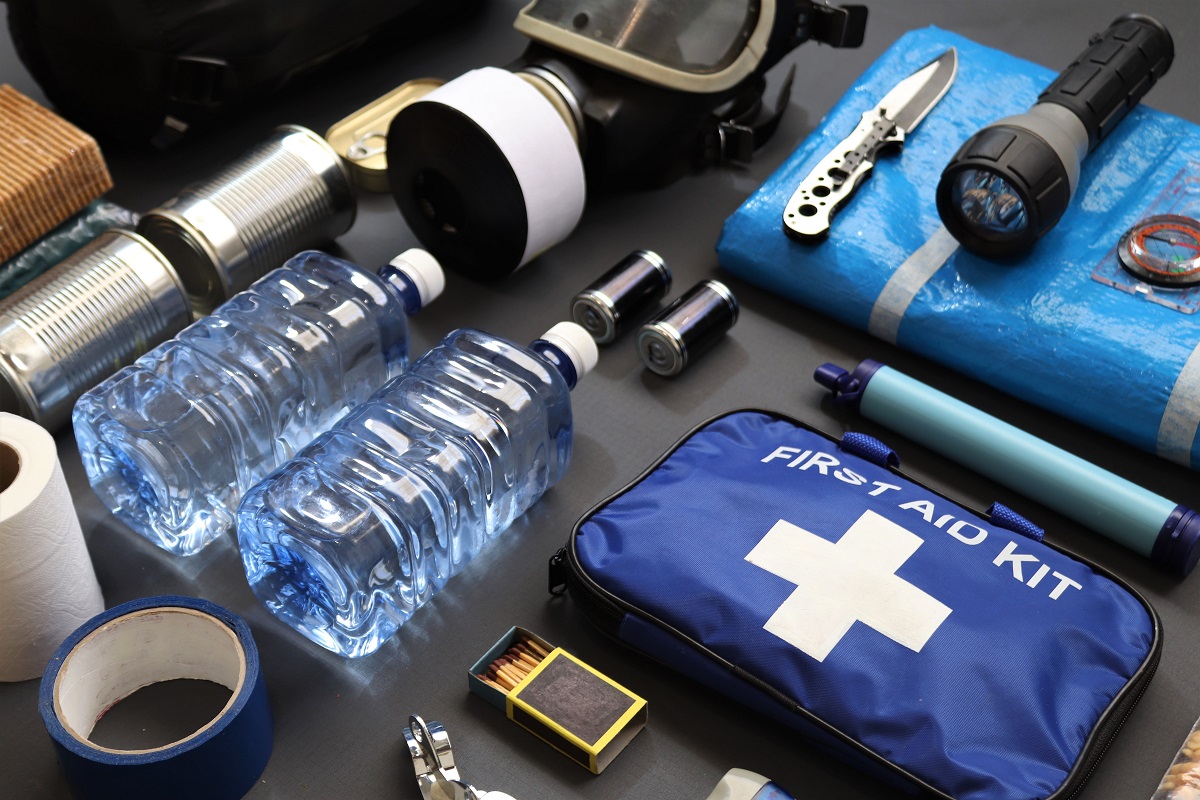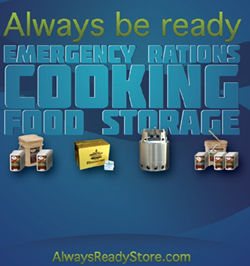Bug Out Bag Essentials: Preparing for Emergencies
A bug out bag is a pre-packed survival kit designed to sustain an individual for a short period, usually 72 hours, in the event of an emergency that necessitates rapid evacuation. The concept behind a bug out bag is not new; it stems from the need for preparedness in facing unpredictable situations such as natural disasters, civil unrest, or other crisis scenarios. In this article, we will delve deep into the essentials of assembling a bug out bag, discussing the critical items that should be included, and tips on maintaining your kit ready and accessible.
Why You Need a Bug Out Bag
In times of emergency, the right preparation can make the difference between comfort and hardship, or even survival and peril. A bug out bag is your line of defense in situations where you need to leave your home quickly. It contains all the essentials you need to survive until you reach a safer location or until the situation stabilizes. The essence of a bug out bag lies in its preparation and the strategic selection of contents.
Choosing the Right Bag
The first step in preparing a bug out bag is selecting the appropriate type of bag. A good bug out bag should be:
- Durable: It must withstand rough conditions and be made from materials that can resist wear and tear.
- Comfortable: Since you may need to carry it for extended periods, choose a bag with padded straps and good weight distribution.
- Spacious and Organized: Look for a bag with multiple compartments that will help organize the contents effectively while maximizing space.
Click Here to Get a Free Annual Subscription to PREPARE Magazine
 Essential Contents of a Bug Out Bag
Essential Contents of a Bug Out Bag
A well-prepared bug out bag should cater to the basic needs: sustenance, water, shelter, clothing, communication, navigation, first aid, personal hygiene, and protection. Here’s what to include:
1. Water and Hydration
- Water Bottles or Hydration Bladder: Minimum of one liter per day per person.
- Water Purification Methods: Options include purification tablets, filters, or boiling.
2. Food and Nutrition
- Non-perishable Food: High-energy bars, dried fruits, nuts, freeze-dried meals, and canned goods.
- Cooking Equipment: Portable stove, fuel, lightweight pot, and utensils.
3. Shelter and Comfort
- Tent or Tarp: A compact, lightweight tent or a tarp for emergency shelter.
- Sleeping Bag: Choose one appropriate for the climate you are in.
- Emergency Blanket: Reflective, lightweight blankets that help retain body heat.
4. Clothing and Weather Protection
- Change of Clothes: Durable, weather-appropriate clothing.
- Rain Gear: A waterproof jacket or poncho to stay dry.
- Thermal Underwear: Keeps you warm in cold climates.
5. Health and First Aid
- First Aid Kit: Basic supplies to handle minor injuries and illnesses.
- Prescription Medications: A supply of any prescribed medications.
- Personal Hygiene Items: Toothbrush, toothpaste, soap, and other essentials.
6. Tools and Equipment
- Multi-tool or Swiss Army Knife: Versatile tools for various tasks.
- Flashlight or Headlamp: Plus extra batteries.
- Fire Starting Kit: Matches, lighter, and fire starters.
7. Communication and Navigation
- Emergency Radio: Battery-operated or hand-crank for updates.
- Maps and Compass: For navigating when GPS may not be available.
- Chargers and Power Banks: To keep electronic devices powered.
8. Personal Documents and Cash
- Important Documents: Copies of identification, insurance policies, and important contacts.
- Cash: Small bills and perhaps some coins for payphones or vending machines.
9. Miscellaneous
- Survival Manual: Can provide useful tips and instructions.
- Entertainment Items: Books, cards, or small games can help pass the time and keep morale up.
Maintaining Your Bug Out Bag
Regularly updating and maintaining your bug out bag is crucial:
- Check Expiry Dates: Replace food, water, and medication before they expire.
- Seasonal Updates: Adjust clothing and gear as seasons change.
- Practice: Familiarize yourself with the items in your bag; know how to use them.
Conclusion
A bug out bag is an essential tool for preparedness in the face of unforeseen events. By carefully selecting and maintaining the contents of your bag, you ensure that you and your family can face emergencies with confidence. Remember, the goal of a bug out bag is not just to survive but to do so with a degree of comfort and security, reducing the stress inherent in emergency situations. Assembling a comprehensive bug out bag might seem daunting initially, but with careful planning and consideration, it can be accomplished successfully.







0 Comments